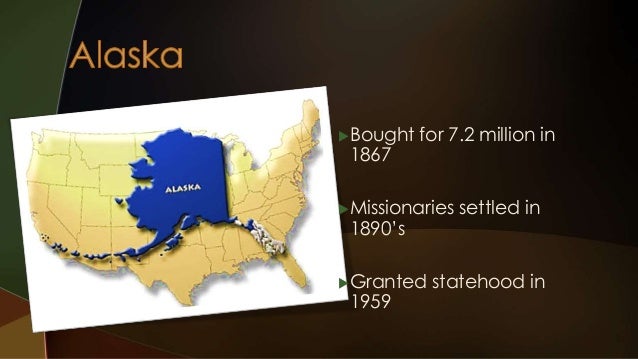Of late, referring to Alaskans as “real people” smacks of a political agenda. But the indigenous people of the North, the Iñupiat, have been “real” for thousands of years. This simple fact resounds in the straightforward voice of Alaska’s native rights advocate William L. Iggiagruk Hensley.
- Fifty Miles From Tomorrow
- Fifty Miles From Tomorrow Wikipedia
- Fifty Miles From Tomorrow: A Memoir Of Alaska And The Real People
Fifty Miles from Tomorrow is not only the memoir of one man; it is also a fascinating testament to the resilience of the Alaskan ilitqusiat, the Alaskan spirit. Iggiagruk Hensley's often harrowing new memoir, 'Fifty Miles From Tomorrow,' set in the far northern Kotzebue Sound region of Alaska, he recounts an evening in the late 1940s - the.

His memoir’s title, Fifty Miles from Tomorrow, refers to the distance between the international date line and the remote place in which he was born in 1941. Hensley’s Iñupiat mother could barely care for herself, and his Lithuanian father never acknowledged him. His first memory is of an adult on an alcoholic binge molesting his sister. Cousins rescued the children, welcoming them into an extended family of seven, give or take a few. For most of the year, they camped fifteen miles by boat from the tiny village of Kotzebue, using wooden crates for furniture and a homemade stove for warmth—living in what Hensley calls the twilight of the Stone Age. Here, he learned that nature commands respect, nothing should go to waste, cooperation trumps independence, and giving up is not an option.
Obtaining formal education proved more tenuous than eking out an existence on the tundra. Officials in schools run by the Bureau of Indian Affairs decimated Iñupiat spirit and culture by discouraging the native language and forsaking the rhythm of the land for a year structured around Pilgrims and valentines. There were no local secondary schools, so Hensley grappled with homesickness and culture shock in order to earn a high school diploma from a boarding school in Tennessee. Graduating from George Washington University in 1966, he returned to find his childhood home leveled and his mother camped in a corner of the town church. He discovered that in the legislation that had made Alaska a state just seven years earlier, there was a gaping hole where the property rights of natives should have been.
Hensley remedied the void in leadership that had let this happen, becoming one of the first of a generation of Alaska’s natives determined to stand up for the rights of their people. With what he describes as an excess of passion and a profound sense of optimism, he served two terms in the state legislature, helped found the Northwest Alaska Native Association and the Alaska Federation of Natives, and assumed leadership of the Alaska Village Electrical Cooperative—all at more or less the same time, and all while crusading on behalf of native land rights. Lacking an understanding of power politics, Hensley and his colleagues attacked their project with the same skills that had sustained their people for thousands of years: tenacity, grit, hard work, collaboration, and an unfailing sense of humor.


Fifty Miles From Tomorrow
Oil drove the discourse. The secretary of the interior, Stewart Udall, ruled that Alaska couldn’t allocate land to build the Trans-Alaska Pipeline until claims filed by the state’s natives had been settled. Hensley made more than 120 trips to lobby Congress over five years, flying twenty-four hours each way, checking into fleabag hotels, and diving into a social scene that couldn’t have been less inviting to a young man most at home on the windswept shores of a remote river camp. Finally, in 1971, President Nixon signed the Alaska Native Claims Settlement Act (ANCSA), granting forty-four million acres and nearly one billion dollars to Alaska’s native people.
Hensley offers scant details about how the impressive deed got done. Ever pragmatic, he glosses over a handful of political alliances, including some with leaders who have since fallen from grace. He speaks with more enthusiasm about bagging caribou with his buddies than about bagging the land deal of the century, mirroring a consensus ambivalence toward ANCSA’s system of native corporations, which thrust the complexities of capitalism onto a subsistence culture. Wandering a wintry beach nine years after the act’s passage, Hensley recognized that, although the lot of his people had improved materially, they were slipping into a cultural grave. Preserving these values has become his latest battle, driven less by ambition than by despair. “It wasn’t enough to claim our lands,” he writes. “We had to claim our ways of thinking, acting, and living.” Celebrating a way of life that was almost lost, Hensley’s memoir is a compelling tale of doing what had to be done and recognizing the spiritual depth and profound love it takes to become a real person in Alaska, or anywhere else.
Fifty Miles From Tomorrow Wikipedia

Overview
A NEW YORK TIMES BOOK REVIEW EDITORS' CHOICE
An alternately charming and harrowing account of over 50 years of one remarkable native Alaskan's life – from living off the land north of the Arctic Circle, to the Alaskan senate, Hensely is a huge hero to his community.
Fifty Miles From Tomorrow: A Memoir Of Alaska And The Real People
Born twenty-nine miles north of the arctic circle, William L. Iggiagruk Hensley was raised to live the seminomadic life that his Iñupiaq ancestors had lived for thousands of years. In this stirring memoir, he offers us a rare firsthand account of growing up Native Alaskan, and later, in the lower forty-eight, as a fearless advocate for Native land rights. In 1971, after years of tirelessly lobbying the United States government, he played a key role in a landmark victory that enabled the Inupiaq to take charge of their economic and political destiny. Fifty Miles from Tomorrow is 'a joyous celebration of Hensley's life among the Iñupiaq people and of fighting for their rights' (Library Journal).
